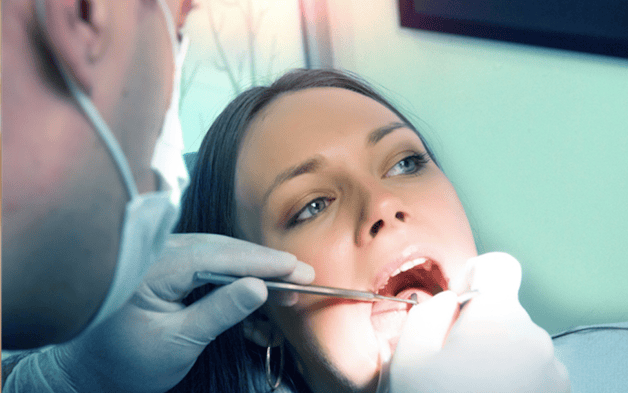 Do the terms “gum disease”, “gingivitis”, and “periodontal disease” make you think of cancer, heart disease or stroke? If not, maybe they should.
Do the terms “gum disease”, “gingivitis”, and “periodontal disease” make you think of cancer, heart disease or stroke? If not, maybe they should.
Gum disease is often found to be a precursor to serious conditions like cancer or heart disease, and serves well as a means of early detection. That’s why it’s important to understand what gum disease is, how it’s caused, and how it can be prevented to avoid negative outcome.
Here are five things you should know about preventing gum disease and four very simple tips to help put it them in action:
It can be prevented
The simplest but most important starting point is the fact that gum disease can be prevented in the first place.
Prevention starts at home
"Tartar buildup is more likely to irritate the gums and lead to gingivitis and periodontitis."
Gum disease progresses slowly in three predictable stages:
- Gingivitis
- Periodontitis
- Advanced Periodontitis
The first stage, gingivitis, is caused by the buildup of plaque on the teeth and at the gum line. Plaque is a sticky substance that naturally adheres to teeth as you chew, but it’s easily removed with brushing and flossing.
If left too long, plaque hardens into tartar, which a toothbrush and floss can’t easily remove.
Your semiannual cleaning is your best weapon

Protect your teeth for the long-term with regular dental visits.
If tartar forms on your teeth, it’s important to see a dentist or hygienist with professional equipment to effectively remove it. This is important because tartar buildup is more likely to irritate the gums and lead to gingivitis and periodontitis.
By having your teeth professionally cleaned every six months, you can be sure any plaque your home prevention has missed can be removed before it progresses to the point of serious gum disease.
Even with perfect oral health habits, gum disease can happen
Although gum disease is preventable in the majority of cases, it is possible for gingivitis to set in despite your best efforts at brushing and flossing.
Even if you haven’t noticed the initial symptoms, (red, swollen gums, light bleeding while you brush or floss, some receding of gums) your dentist will as they examine your mouth.
Effectively preventing gum disease can save your smile and your life

Serious health conditions can occur from neglecting dental care.
While the words “gingivitis” and “periodontal disease” might not provide the same initial impact on us that cancer or heart disease do, it doesn’t mean they’re not dangerous.
If periodontal disease progresses unchecked, expect to deal with possible symptoms like severe pain, tooth decay, bone loss resulting in loss of teeth, and potentially a severe infection.
Your simple 4-step plan for preventing gum disease:
- Brush for 2-3 minutes, at least twice a day, with a fluoridated toothpaste to clean all surfaces of the teeth and gum lines.
- Floss at least once a day to clean between teeth where the brush can’t reach.
- Rinse with an antibacterial mouthwash at least once a day to get into all the cracks and crevices your brush and floss may have missed.
- Visit your dentist once every six months to have your teeth professionally cleaned and for a gum disease examination.
It’s important not to let anything stand in the way of following this simple four-step plan. If cost is at the root of your dental concerns, consider ways to save on dental such as affordable dental discount plans. Remember, gum disease is preventable, but it requires proper dental care habits to keep your mouth healthy.

